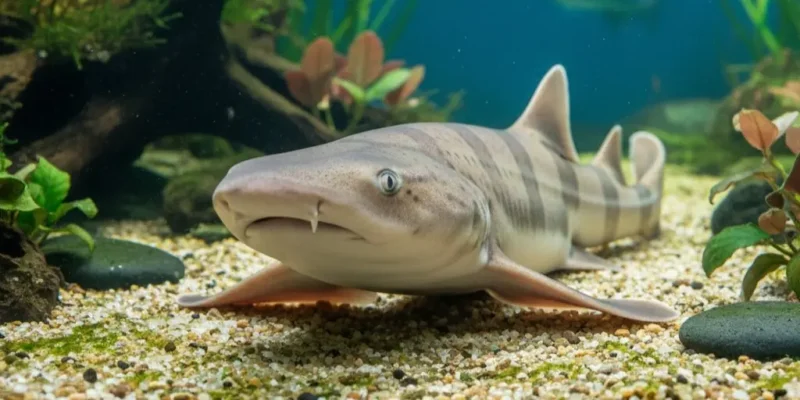The Oceanic Aquarium in Balneário Camboriú (SC) recently introduced three juvenile bamboo sharks – a species known for its “walking style” along the seabed. The animals come from captive breeding in an aquarium in São Paulo and are meant to attract visitors.
The brownbanded bamboo shark (Chiloscyllium punctatum), which can grow up to 1.20 meters, lives in coral reefs of the Indian and Pacific Oceans. According to the IUCN Red List, it is classified as near threatened – mainly due to habitat loss and overfishing. In the wild, these animals play an important role in maintaining ecosystem balance.
Criticism of breeding and display keeping
As impressive as the “walking” sharks may seem to visitors, experts warn that showcasing exotic species in public aquariums often obscures the real threats they face. Instead of genuine conservation efforts in their native regions, tourist attractions are put in the spotlight. Constantly displaying juveniles is also viewed critically, as it easily creates the impression that populations are secure – while the reality in the ocean is quite different.
Campaign against global shark killing
A positive example is the campaign “Save Sharks and Rays”, launched by the Oceanic Aquarium. It raises awareness of the massive decline in shark populations: around 100 million sharks are killed every year, mostly due to illegal fishing and the fin trade. Over the past 50 years, global populations have collapsed by more than 70 percent.
Conclusion
The birth of the juveniles is a fascinating event – but it should not distract from the fact that bamboo sharks are under severe pressure in the wild. What truly matters is not how many people marvel in front of the aquarium glass, but whether we succeed in stopping the destruction of coral reefs, enforcing sustainable fishing practices, and strengthening marine protected areas.




